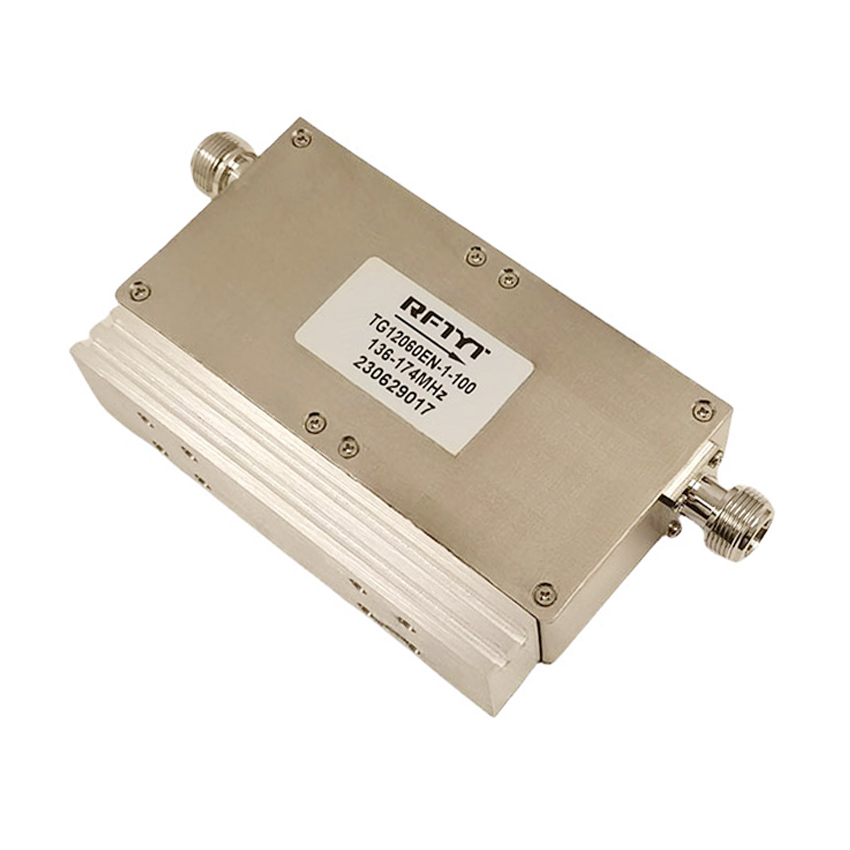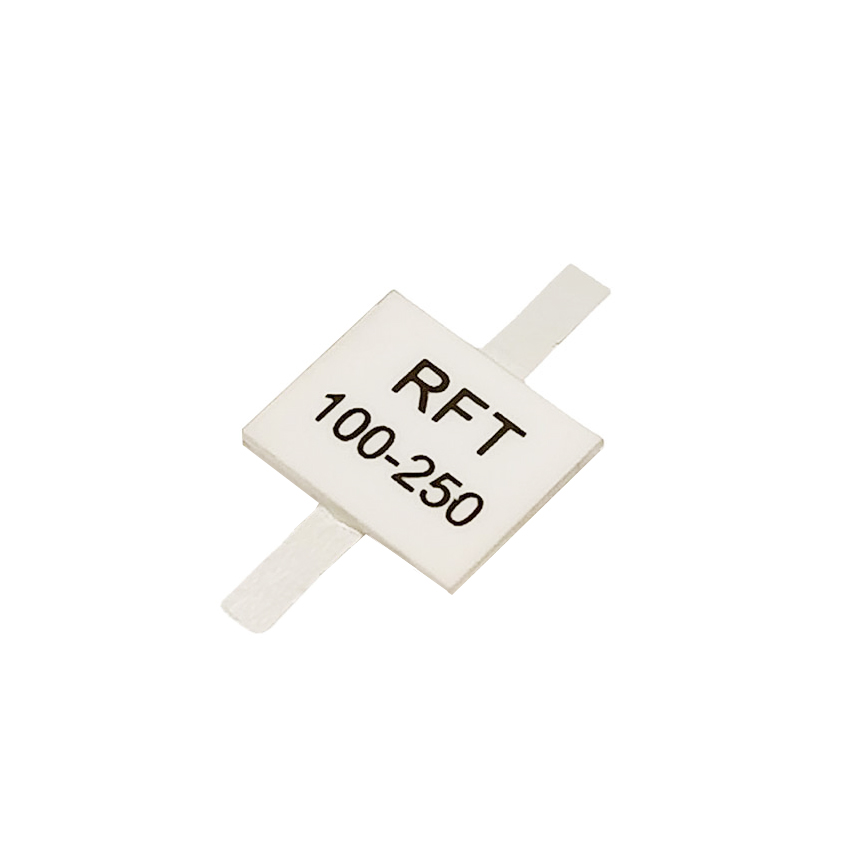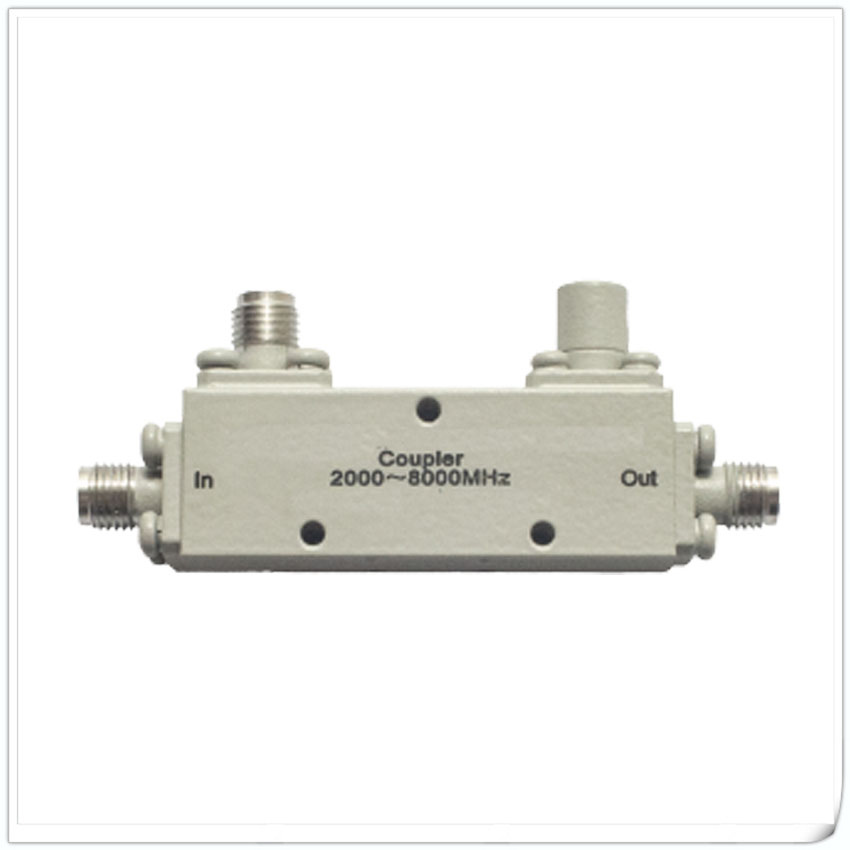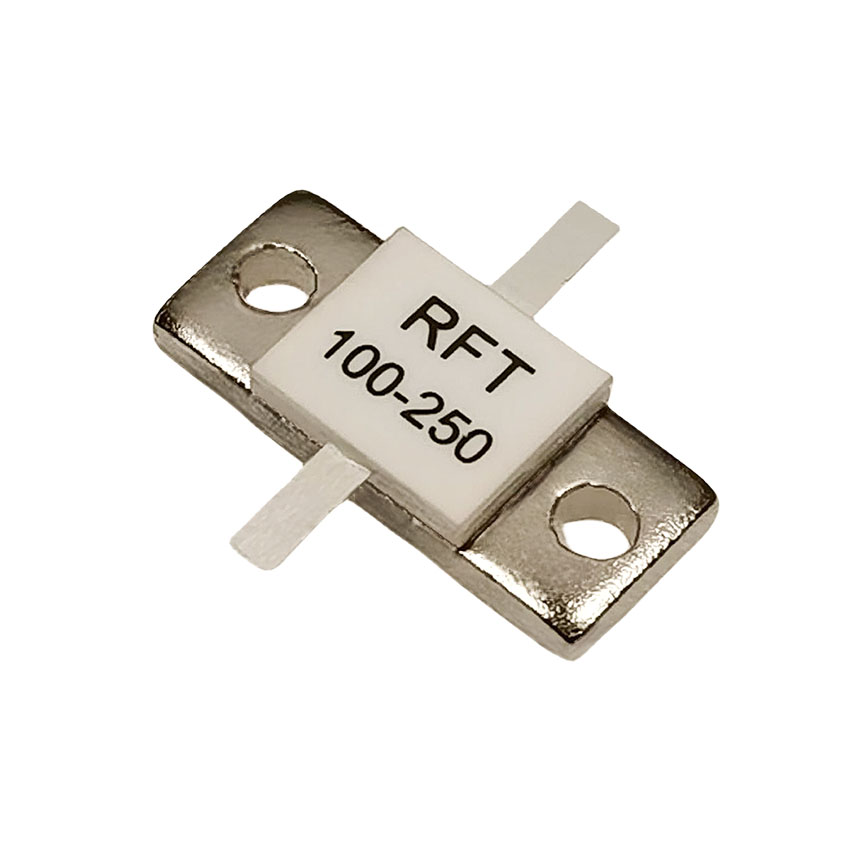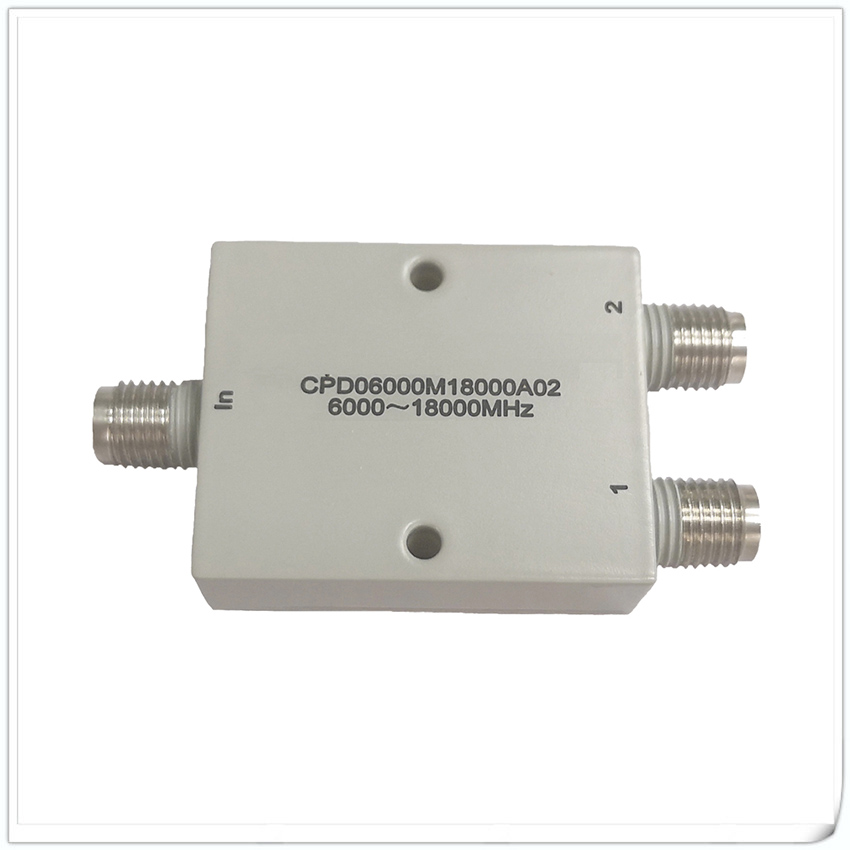
Products
Dual Junction Isolator
Data Sheet
| RFTYT 60MHz-18.0GHz RF Dual / Multi Junction Coaxial Isolator | ||||||||||
| Model | Frequency Range | Bandwidth (max) |
Insertion Loss (dB) |
Isolation (dB) |
VSWR (max) |
Forward Power (W) |
Reverse Power (W) |
Dimension W×L×H(mm) |
SMA Data sheet |
N Data sheet |
| TG12060E | 80-230MHz | 5~30% | 1.2 | 40 | 1.25 | 150 | 10-100 | 120.0*60.0*25.5 | SMA PDF | N PDF |
| TG9662H | 300-1250MHz | 5~20% | 1.2 | 40 | 1.25 | 300 | 10-100 | 96.0*62.0*26.0 | SMA PDF | N PDF |
| TG9050X | 300-1250MHz | 5~20% | 1.0 | 40 | 1.25 | 300 | 10-100 | 90.0*50.0*18.0 | SMA PDF | N PDF |
| TG7038X | 400-1850MHz | 5~20% | 0.8 | 45 | 1.25 | 300 | 10-100 | 70.0*38.0*15.0 | SMA PDF | N PDF |
| TG5028X | 700-4200MHz | 5~20% | 0.6 | 45 | 1.25 | 200 | 10-100 | 50.8*28.5*15.0 | SMA PDF | N PDF |
| TG7448H | 700-4200MHz | 5~20% | 0.6 | 45 | 1.25 | 200 | 10-100 | 73.8*48.4*22.5 | SMA PDF | N PDF |
| TG14566K | 1.0-2.0GHz | Full | 1.4 | 35 | 1.40 | 150 | 100 | 145.2*66.0*26.0 | SMA PDF | / |
| TG6434A | 2.0-4.0GHz | Full | 1.2 | 36 | 1.30 | 100 | 10-100 | 64.0*34.0*21.0 | SMA PDF | / |
| TG5028C | 3.0-6.0GHz | Full | 1.0 | 40 | 1.25 | 100 | 10-100 | 50.8*28.0*14.0 | SMA PDF | N PDF |
| TG4223B | 4.0-8.0GHz | Full | 1.2 | 34 | 1.35 | 30 | 10 | 42.0*22.5*15.0 | SMA PDF | / |
| TG2619C | 8.0-12.0GHz | Full | 1.0 | 36 | 1.30 | 30 | 10 | 26.0*19.0*12.7 | SMA PDF | / |
| RFTYT 60MHz-18.0GHz RF Dual / Multi Junction Drop-in Isolator | ||||||||||
| Model | Frequency Range | Bandwidth (max) |
Insertion Loss (dB) |
Isolation (dB) |
VSWR (max) |
Forward Power (W) |
Reverse Power (W) |
Dimension W×L×H(mm) |
Strip line Data Sheet |
|
| WG12060H | 80-230MHz | 5~30% | 1.2 | 40 | 1.25 | 150 | 10-100 | 120.0*60.0*25.5 | / | |
| WG9662H | 300-1250MHz | 5~20% | 1.2 | 40 | 1.25 | 300 | 10-100 | 96.0*48.0*24.0 | / | |
| WG9050X | 300-1250MHz | 5~20% | 1.0 | 40 | 1.25 | 300 | 10-100 | 96.0*50.0*26.5 | / | |
| WG5025X | 350-4300MHz | 5~15% | 0.8 | 45 | 1.25 | 250 | 10-100 | 50.8*25.0*10.0 | / | |
| WG7038X | 400-1850MHz | 5~20% | 0.8 | 45 | 1.25 | 300 | 10-100 | 70.0*38.0*13.0 | / | |
| WG4020X | 700-2700MHz | 5~20% | 0.8 | 45 | 1.25 | 100 | 10-100 | 40.0*20.0*8.6 | / | |
| WG4027X | 700-4000MHz | 5~20% | 0.8 | 45 | 1.25 | 100 | 10-100 | 40.0*27.5*8.6 | / | |
| WG6434A | 2.0-4.0GHz | Full | 1.2 | 36 | 1.30 | 100 | 10-100 | 64.0*34.0*21.0 | / | |
| WG5028C | 3.0-6.0GHz | Full | 1.0 | 40 | 1.25 | 100 | 10-100 | 50.8*28.0*14.0 | / | |
| WG4223B | 4.0-8.0GHz | Full | 1.2 | 34 | 1.35 | 30 | 10 | 42.0*22.5*15.0 | / | |
| WG2619C | 8.0 - 12.0 GHz | Full | 1.0 | 36 | 1.30 | 30 | 5-30 | 26.0*19.0*13.0 | / | |
Overview
One of the key characteristics of a double-junction isolator is isolation, which reflects the degree of signal isolation between the input port and the output port. Usually, isolation is measured in (dB), and high isolation means better signal isolation. The isolation of double-junction isolators can usually reach tens of decibels or more. Of course, when isolation requires greater time, multi-junction isolators can also be used.
Another important parameter of the double-junction isolator is the insertion loss (Insertion Loss), which refers to the loss of the signal from the input port to the output port. Lower insertion loss means that the signal can travel more efficiently through the isolator. Double-junction isolators generally have very low insertion loss, usually below a few decibels.
In addition, double junction isolators also have a wide frequency range and power handling capability. Different isolators can be applied in different frequency bands, such as microwave frequency band (0.3 GHz - 30 GHz) and millimeter wave frequency band (30 GHz - 300 GHz). At the same time, it is able to withstand fairly high power levels, ranging from a few watts to tens of watts.
The design and manufacture of a double junction isolator requires consideration of many factors such as operating frequency range, isolation requirements, insertion loss, size constraints, etc. Typically, engineers use electromagnetic field simulation and optimization methods to determine suitable structures and parameters. The process of manufacturing double-junction isolators usually involves sophisticated machining and assembly techniques to ensure device reliability and performance.
Overall, the double-junction isolator is an important passive device that is widely used in microwave and millimeter wave systems to isolate and protect signals from reflection and mutual interference. It has the characteristics of high isolation, low insertion loss, wide frequency range and high power handling capacity, which has an important impact on the performance and stability of the system. With the continuous development of wireless communication and radar technology, the demand and research of double-junction isolators will continue to expand and deepen.

